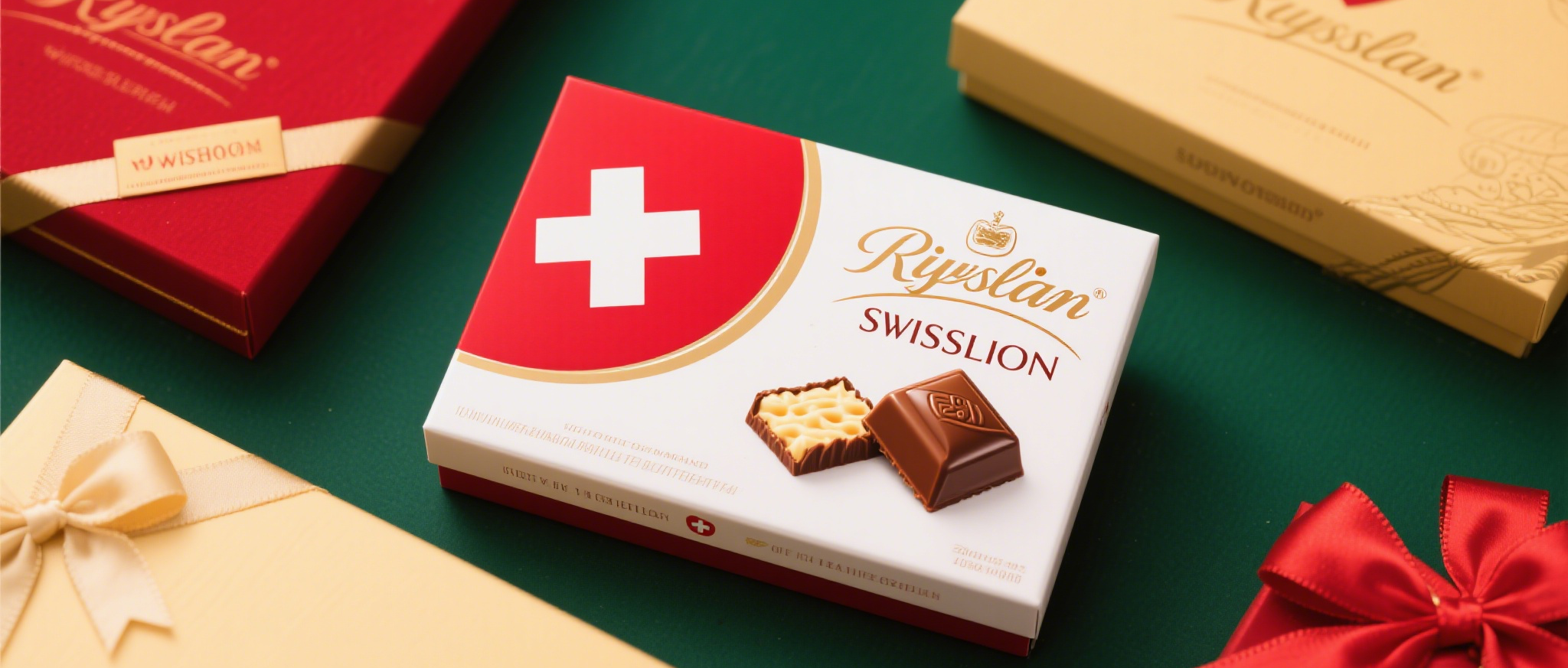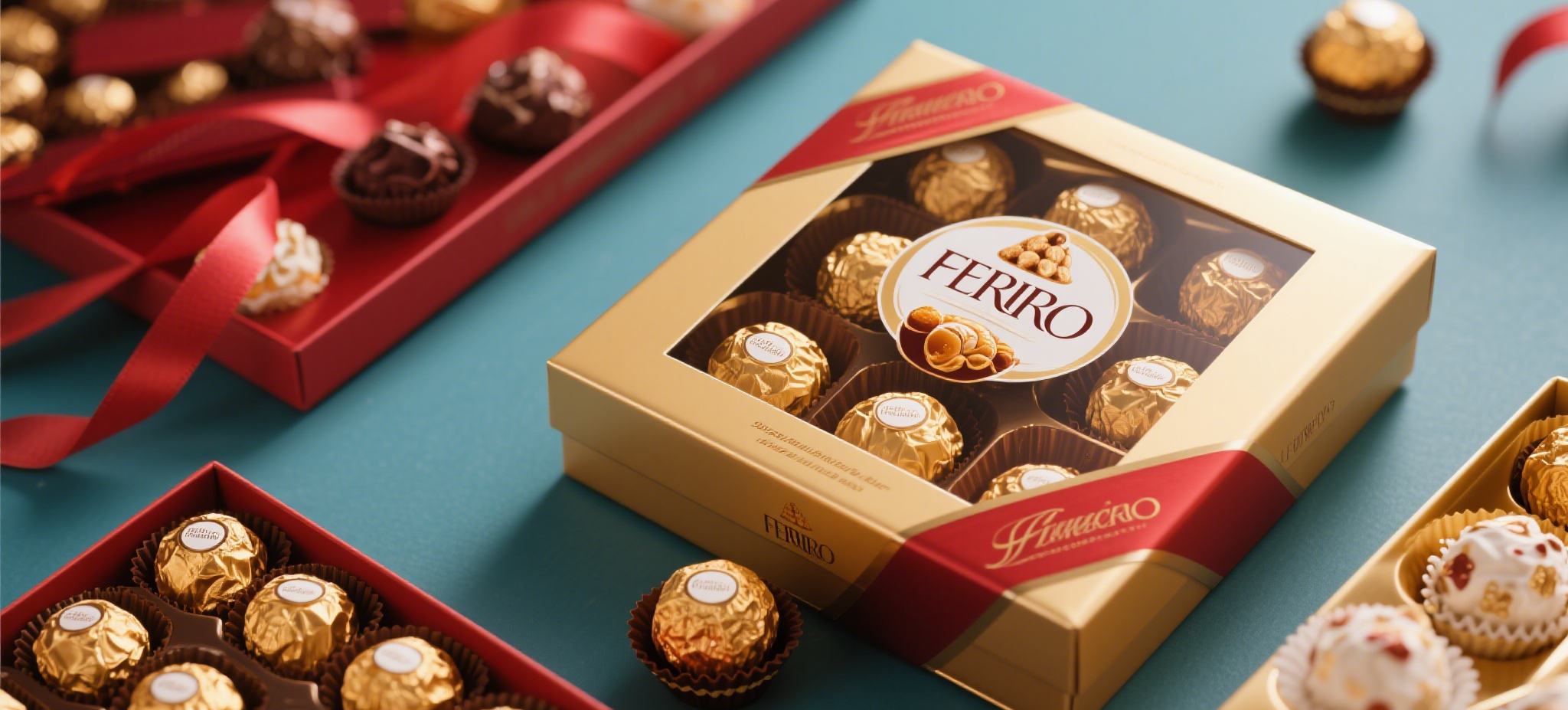In the current booming global chocolate market, the outer packaging box of chocolate is not only the "protective shell" of the product, but also an important medium for conveying brand value and attracting consumers. As an enterprise specializing in foreign trade packaging for many years, we have conducted in-depth evaluations of the mainstream chocolate outer packaging boxes in the market from multiple dimensions such as material, design, and functionality, presenting you with professional analysis and insights.
1. Material Selection: A balance between safety, environmental protection and texture
(1) Paper packaging: A cost-effective choice

Paper packaging is a common choice for chocolate outer packaging. Its advantages lie in low cost, easy printing, and the ability to achieve rich pattern and color effects. High-quality cardstock or cardboard has a certain degree of stiffness and can provide basic protection for chocolate. However, the moisture-proof performance of paper packaging is relatively weak. It is prone to getting damp and softening in a humid environment, which affects the integrity of the packaging and the quality of the chocolate. From an environmental perspective, paper packaging can be recycled and reused, which is in line with the current global advocacy of environmental protection concepts. It is especially favored by markets with high environmental protection requirements such as Europe.
(2) Metal packaging: A combination of high-end and preservation
Metal outer packaging boxes, such as tinplate boxes, are often used in high-end chocolate products. Metal packaging has excellent moisture-proof and light-blocking properties, which can effectively extend the shelf life of chocolate. It is particularly suitable for long-distance transportation or foreign trade scenarios with high requirements for storage conditions. Its texture is firm and its luster is good, which enhances the grade of the product and gives it a distinct advantage in the gift market. However, metal packaging is costly and heavy, which increases transportation costs. At the same time, its recycling and processing are relatively complex, posing certain challenges in terms of environmental protection.
(3) Plastic packaging: Lightweight and diverse
Plastic packaging, with its characteristics of being lightweight, durable and highly transparent, also has its place in chocolate packaging. The transparent plastic box enables consumers to have a direct view of the appearance of the chocolate, attracting their desire to purchase. Some special plastic materials also have good sealing and compressive resistance properties, which can effectively protect chocolate from being squeezed during transportation. However, the environmental issue of plastic packaging has always been a major concern. With the strengthening of global restrictions on plastic use, choosing packaging made of degradable plastic materials has become a trend.

2.Design Elements: The perfect integration of aesthetics and functionality
(1) Appearance design: Convey brand culture
The appearance design of the outer packaging box is a direct manifestation of the brand image. In terms of color matching, warm brown and gold are often used to create a luxurious and sweet atmosphere, which is in line with the product characteristics of chocolate. Fresh pink and blue are more favored by young consumers and the gift market. Pattern design can be brand logos, product illustrations, classic stories, etc. Through fine printing techniques such as hot stamping and UV technology, the visual impact of the packaging can be enhanced. For instance, the chocolate packaging of some European brands often adopts simple lines and retro patterns, conveying the long brand history and cultural heritage.
(2) Structural Design: Emphasize user experience
Reasonable structural design can enhance the user experience of consumers. Different opening methods such as flip cover type, drawer type and top and bottom cover bring consumers different kinds of surprises. The inner tray design is of vital importance. It not only holds the chocolate in place to prevent it from shaking during transportation but also makes it convenient for consumers to access. For multi-piece chocolates, the separated inner trays can effectively prevent the chocolates from colliding and sticking together. In addition, some packages are designed with handles for easy carrying and are especially suitable as gifts.
3. Functional Evaluation: The Key to Adapting to Foreign Trade Scenarios
(1) Protective performance
During long-distance transportation, the outer packaging box of chocolate needs to have good protective performance. We conducted pressure resistance and drop resistance tests on packaging of different materials. Experiments show that metal packaging and thickened paper packaging perform well in the compressive strength test and can withstand greater pressure without deformation. Plastic packaging has relatively good shock resistance, but it is prone to cracking under heavy pressure. In the moisture-proof test, metal packaging and plastic packaging with good sealing performance performed well. Paper packaging has a relatively fast increase in humidity in a humid environment and needs to be combined with auxiliary measures such as moisture-proof bags.
(2) Marking and Compliance
Foreign trade packaging must comply with the regulations and standards of the target market. The ingredient labels, production dates, shelf life, allergen information, etc. on the packaging must be clear and accurate, and the language should comply with local requirements. For instance, the packaging of chocolate exported to the European Union must comply with the EU's food labeling regulations and be marked with information such as the nutrition facts table. In addition, some countries also have regulations on the size and weight of packaging. Packaging design should fully consider these factors to avoid trade barriers caused by compliance issues.
(3) Convenience of storage and transportation
The size and shape of the packaging affect the efficiency of storage and transportation. Standardized packaging dimensions facilitate stacking and loading/unloading, effectively utilize transportation space and reduce logistics costs. Lightweight materials such as paper and plastic packaging have more advantages in transportation, while metal packaging, due to its greater weight, has relatively higher transportation costs. At the same time, the storability of the packaging is also very important. During long-term storage, the packaging should not have a chemical reaction with the chocolate, which would affect the product quality.
4. Comprehensive Evaluation and Suggestions
(1) Packaging strategies for different markets
For different foreign trade markets, appropriate packaging solutions should be selected. For markets that emphasize environmental protection and cost performance, such as Europe, paper packaging can be given priority. Recyclable materials should be used and the environmental protection concept should be highlighted in the design. For the high-end gift market, such as the Middle East and North America, metal packaging and exquisite design can better meet the demands. In humid regions such as Southeast Asia, it is necessary to pay attention to the moisture-proof performance of packaging. Metal or plastic packaging with good sealing properties can be chosen, and moisture-proof measures should be taken in combination.

(2) The trend of customized packaging
With the growth of consumers' personalized demands, customized chocolate outer packaging boxes are becoming increasingly popular. Enterprises can provide all-round customized services ranging from materials, design to structure based on customers' brand positioning, product features and market demands. Customized packaging can not only enhance the competitiveness of products, but also strengthen the emotional connection between brands and consumers.
(3) The combination of environmental protection and innovation
Today, with the increasing awareness of environmental protection, the environmental performance of packaging has become an important factor for consumers when choosing products. Enterprises should actively explore environmentally friendly materials and innovative processes, such as degradable plastics and recycled paper, and at the same time, pay attention to simplicity in design and reduce excessive packaging. Innovative packaging designs, such as reusable packaging and interactive packaging, can also add highlights to products and attract consumers' attention.
In conclusion, the selection of chocolate outer packaging boxes requires a comprehensive consideration of multiple factors such as material, design, and functionality, while also taking into account the characteristics and demands of the target market. As a professional foreign trade packaging company, we will continue to pay close attention to industry trends, provide customers with high-quality and personalized packaging solutions, and help them gain a competitive edge in the international market. If you have any more needs or questions about the chocolate outer packaging box, please feel free to contact us at any time. We will serve you wholeheartedly.
Contact: Gavin
Phone: +8613809623005
E-mail: Gavin@mingspak.com
Whatsapp:+8613809623005
Add: 4#,Langxiedong Street,Changan Town, Dongguan,China 523850
We chat
